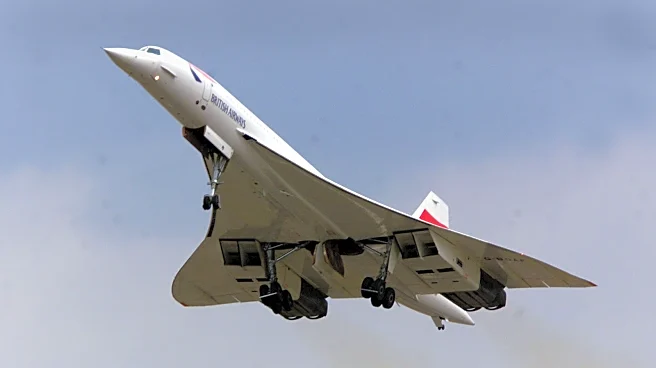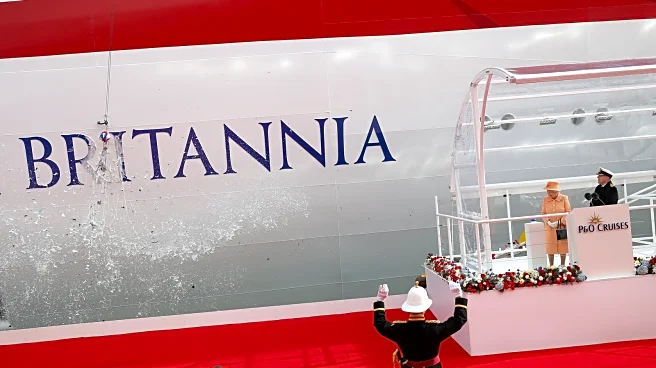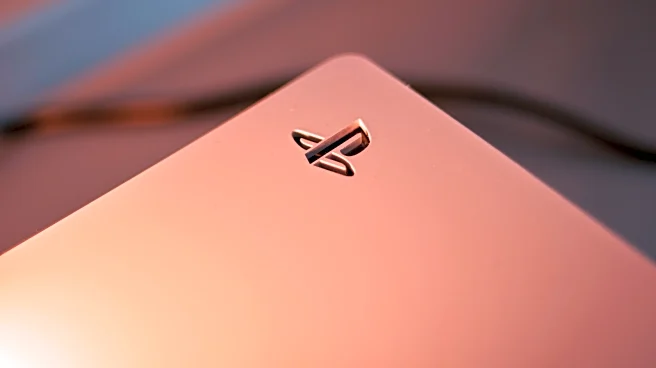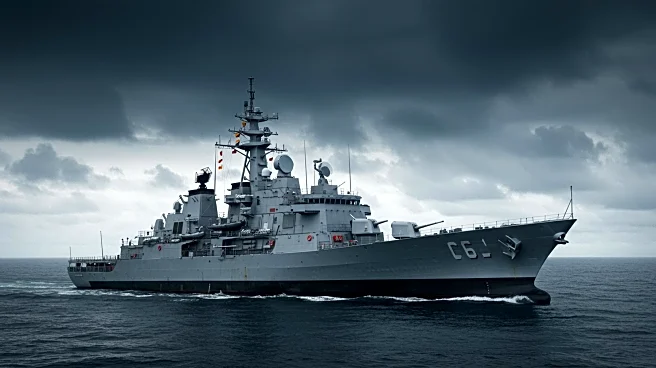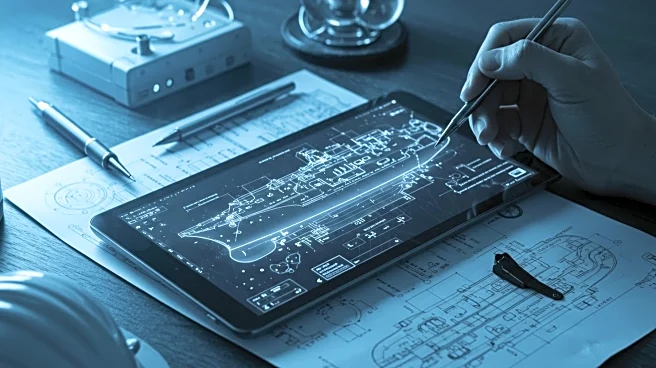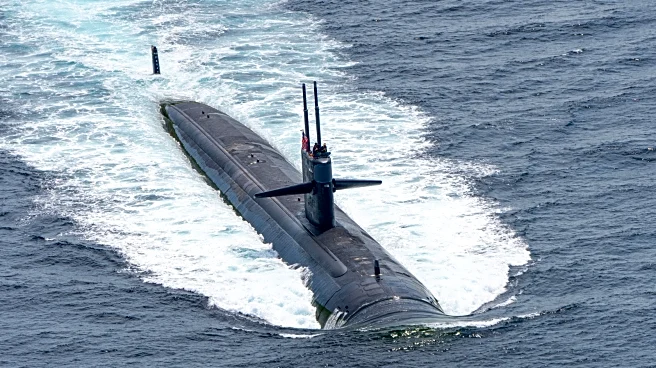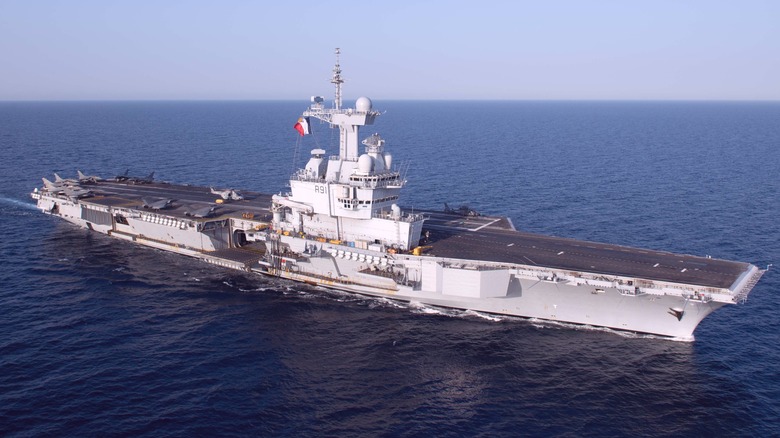
Aircraft carriers are incredibly advanced vessels that represent the technological pinnacle of modern naval achievements. The United States Navy has many different types of aircraft carriers, all of which are nuclear-powered. Of course, it wasn't always like that, as previous flat tops were powered via more traditional means. Most carriers spend decades in service, whether they're in the U.S. Navy or another nation's military. This makes them some of the most important warships in any fleet, which has been
the case since the mid-20th century.
While the U.S.'s aircraft carriers are all powered via nuclear energy, many nations continue using conventional fossil fuels to power their ships. There are advantages and disadvantages of each system, and they are a key aspect in the overall life of a carrier. Nuclear aircraft carriers require refueling far less often than a ship that uses diesel or another fuel source. The main tradeoff is time, as it can take years to refuel a nuclear aircraft carrier, whereas a diesel-powered flat top receives fuel on an ongoing basis throughout the life of the ship.
The service lifespan of American carriers revolves around their refueling and complex overhaul (RCOH), which is done only once midway through their more than 50-year service. Conventional carriers, on the other hand, undergo aperiodic refits, overhauls, and modernizations as needed by the service that sails them. These often result in an extension of use, making it possible for diesel aircraft carriers to serve for nearly as long as the nuclear-powered variety.
Read more: 10 Of The Largest Navies In The World, Ranked By Self-Reported Total Naval Assets
Diesel-Powered Aircraft Carriers Can Serve For Decades
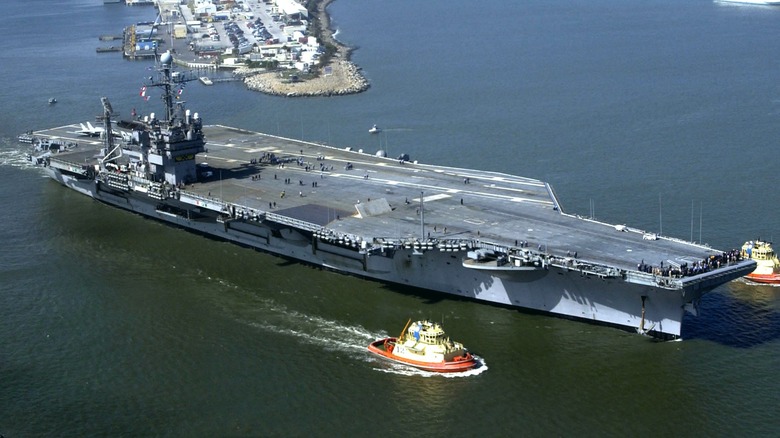
Nations with access to nuclear energy don't always sail nuclear-powered ships. The United Kingdom is one example. The diesel-powered HMS Queen Elizabeth (R08) entered service in 2020. This was three years after the commissioning of the U.S.' most advanced nuclear carrier, the USS Gerald R. Ford (CVN-78). The Queen Elizabeth eschewed the modern practice of powering ships with nuclear reactors and instead installed four 10 MW diesel engines.
It also uses two Rolls-Royce Marine 36 MW MT30 gas turbine alternators for a total of 110 MW of energy. When it was launched, the Queen Elizabeth had a projected service life of 50 years and was expected to retire around 2070. This is significant, as that's the same amount of time a U.S. nuclear aircraft carrier is expected to serve. Of course, the Queen Elizabeth is technologically superior to older models, many of which couldn't hope to serve for five decades.
Before the U.S. sailed nuclear carriers, it relied on diesel as well, and the last conventionally-powered carrier the service sailed was the USS John F. Kennedy (CV-67). The Kennedy was commissioned in September 1968 and served for decades until the Navy decommissioned the vessel in August 2007. That's a service life of almost 39 years, and while that's a long time to use a piece of military equipment, it's over a decade shorter than the nuclear variety, not to mention the U.K.'s latest diesel carriers.
Nuclear Aircraft Carriers Have Long Lives
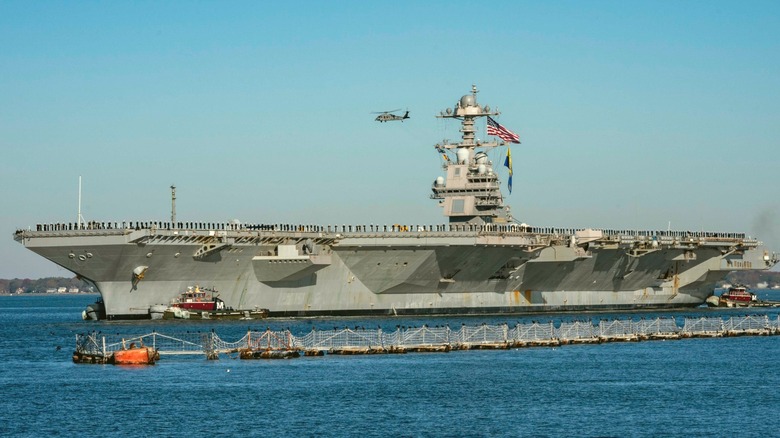
When the U.S. Navy commissions a nuclear-powered aircraft carrier, the vessel is expected to serve for 50 years. While it's possible to extend this, the Navy prefers to build newer, more modern ships, which is something it's been doing since the USS Gerald R. Ford (CVN-68) was commissioned in 2017. The Ford is the first-in-its-class, which is set to replace the aging fleet of Nimitz-class carriers. The Ford is powered by two Bechtel A1B nuclear reactors, providing around 700 MW of energy, that require an RCOH after 25 years of service.
The reactors are projected to last 90 years, but the Ford is set to retire in or around 2067. While the Ford is a long way from its RCOH, when it heads to port for the process to begin, it will remain there for some time. Refueling the reactors is complex and dangerous work. It takes a while to conduct, and most RCOHs last several years. They're also incredibly expensive, as the USS George Washington's (CVN-73) RCOH, which began in 2017, cost $2.8 billion.
The RCOH doesn't just refuel the reactors; the ship is upgraded with modern propulsion systems, better electronics and communications gear, and whatever technology it lacks compared to newer vessels in the fleet. The process helps to keep the fleet's nuclear-powered aircraft carriers at sea for as long as possible. So, while it takes a long time to refuel an aircraft carrier, the Navy takes full advantage of the process to upgrade as many systems as possible, while extending their life to 50 years.
Want the latest in tech and auto trends? Subscribe to our free newsletter for the latest headlines, expert guides, and how-to tips, one email at a time.
Read the original article on SlashGear.
